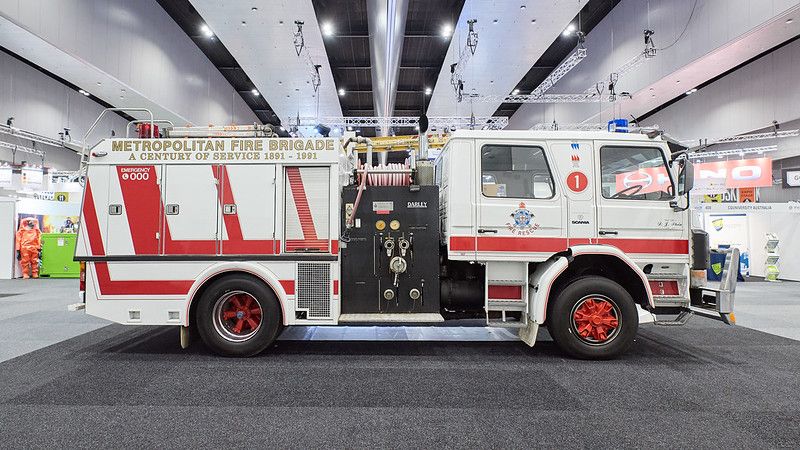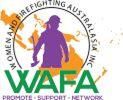Seasonal Bushfire Outlook Spring 2022: Australia’s national picture of fire potential

The Seasonal Outlook for Spring 2022 will be officially launched during the AFAC22 Conference and Exhibition. Representatives from AFAC and the Bureau of Meteorology will present the Seasonal Outlook from a national perspective, and fire agency Chiefs and Commissioners from each state and territory will present the Outlook for their jurisdiction.
Speakers
- Rob Webb, CEO, AFAC
- Dr David Jones, Bureau of Meteorology
- Chief Officer Jason Heffernan, Country Fire Authority (Victoria)
- Commissioner Greg Leach, Queensland Fire and Emergency Service
- Commissioner Rob Rogers, New South Wales Rural Fire Service
- Chief Fire Officer, Rohan Scott ACT Rural Fire Service
- Chief Officer Dermot Barry, Tasmania Fire Service
- Chief Officer Mark Jones, South Australia Country Fire Service
- Assistant Chief Fire Officer Joshua Fischer, Northern Territory Police, Fire and Emergency Services
Highlights:
Much of Australia has experienced above average winter rainfall and this is expected to persist for many regions throughout spring due to a convergence of climate influences.
Historically, forest fire activity in southeast Australia is lower during a La Niña or negative Indian Ocean Dipole year. However, regions that see above average rainfall leading to increased grass vegetation growth can subsequently see an increase in grassfire risk during short periods of warmer and drier conditions within the season.
Parts of Central Australia and northern WA show above normal fire potential due to higher than average vegetation fuel loads following significant rainfalls. These fuel loads are either fully cured or expected to cure with predicted warmer and drier seasonal conditions.
Areas across Victoria, NSW and the ACT show below normal fire potential due to recent and persisting rainfall expected through spring, as well as low fuel loads in regions recovering from the 2019-20 bushfire season.
While most of Australia shows normal fire potential during the spring outlook period, anyone living and working in these areas needs to be vigilant. Destructive and deadly fires can still occur during normal bushfire seasons across Australia.
For the first time, the Seasonal Bushfire Outlook is utilising model guidance using the new Australian Fire Danger Rating System (AFDRS). Launching on 1 September 2022, The AFDRS improves the science that sits behind fire danger rating modelling. A better understanding of how different fuel types burn and improvements in technology means more accurate predictions of bushfire risk.
The new AFDRS has also improved the way fire danger ratings are communicated to make it easier for Australians to stay safe on fire danger days. Nationally consistent colours, signs and terminology have been introduced, so wherever you go in Australia, and whatever the season, you can understand the level of threat and what you need to do to stay safe.
This Seasonal Outlook was developed by AFAC, the Bureau of Meteorology, Queensland Fire and Emergency Services, the NSW Rural Fire Service, ACT Emergency Services Agency, ACT Parks and Conservation Service, Country Fire Authority, Department of Environment, Land, Water and Planning Victoria, Tasmania Fire Service, SA Country Fire Service, Department of Fire and Emergency Services and Department of Biodiversity, Conservation and Attractions WA, and Bushfires NT.
The full Seasonal Bushfire Outlook will be available on the AFAC website following the Press Conference.
)
)





)
)
)
)
)
)
)
)
)